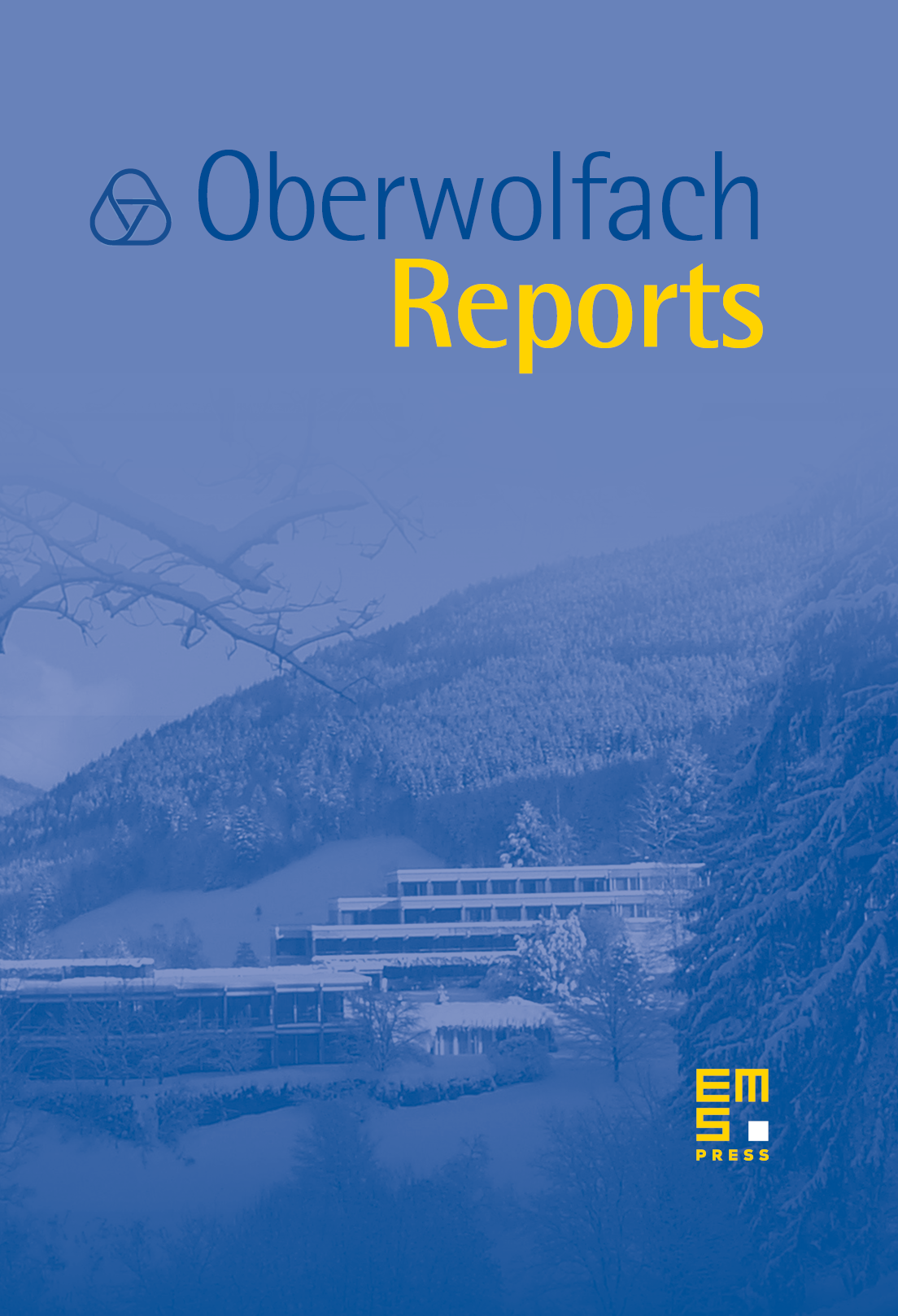Atomistic Models of Materials: Mathematical Challenges
Weinan E
Princeton University, USAGero Friesecke
Technische Universität München, München Garching, GermanyDavid Pettifor
Oxford University, United Kingdom

Abstract
The past decades have witnessed an explosion of interest in the application of mathematical models to science and engineering down at the atomic scale. Atomistic models are large, complex, multiscale, and in particular discrete, and provide a rich source of fascinating challenges for mathematics. In particular, a basic goal is to understand (1) how and at which length- and timescales the behaviour of large atomistic systems becomes well approximated by traditional continuum descriptions (of dislocations, grains, fracture, elasticity or plasticity), and under which circumstances atomistic and continuum “modes” are nontrivially coupled (2) how atomistic models can be accurately and efficiently extracted from quantum mechanical models.
While mathematical research in this area is still in its early stages, interest by mathematicians in atomistic models is fast growing, and the goal of this workshop was to bring together leading mathematicians and materials scientists, in the unique Oberwolfach setting, in order to document recent results, discuss main open challenges, and stimulate an exchange between the two communities.
The workshop focused on the following topics, the basic goals described above being recurrent themes.
- Derivation of interatomic potentials for magnetic materials from quantum mechanics (Drautz, Pettifor)
- Atomistic modelling of grain boundaries, phase boundaries, and surfaces (Elsaesser, Kratzer)
- Efficient algorithms in electronic structure theory (Gang Lu, Garcia-Cervera, Haynes)
- Atomic-continuum coupling (Braides, Cicalese, Delle Site, Guddati, Luskin, Ming, Mugnai, Schlömerkemper, Schmidt)
- Electronic-continuum coupling (Jianfeng Lu)
- Dislocation models (Garroni, Nguyen-Manh, Yang)
- Molecular dynamics (Colombo, Engquist, Giannoulis, Hartmann, James, Leimkuhler, Li, Stoltz, Theil, Zimmer).
The organizers are particularly indebted to the participants from both mathematics and materials science for making such a committed effort to communicate their work to researchers from the other community, both in the actual talks and in this Oberwolfach report. Judging by the success of this effort, we are confident that this report can serve as a starting point and a stimulation for a great deal of future interaction between our communities.
Cite this article
Weinan E, Gero Friesecke, David Pettifor, Atomistic Models of Materials: Mathematical Challenges. Oberwolfach Rep. 5 (2008), no. 2, pp. 1079–1156
DOI 10.4171/OWR/2008/21